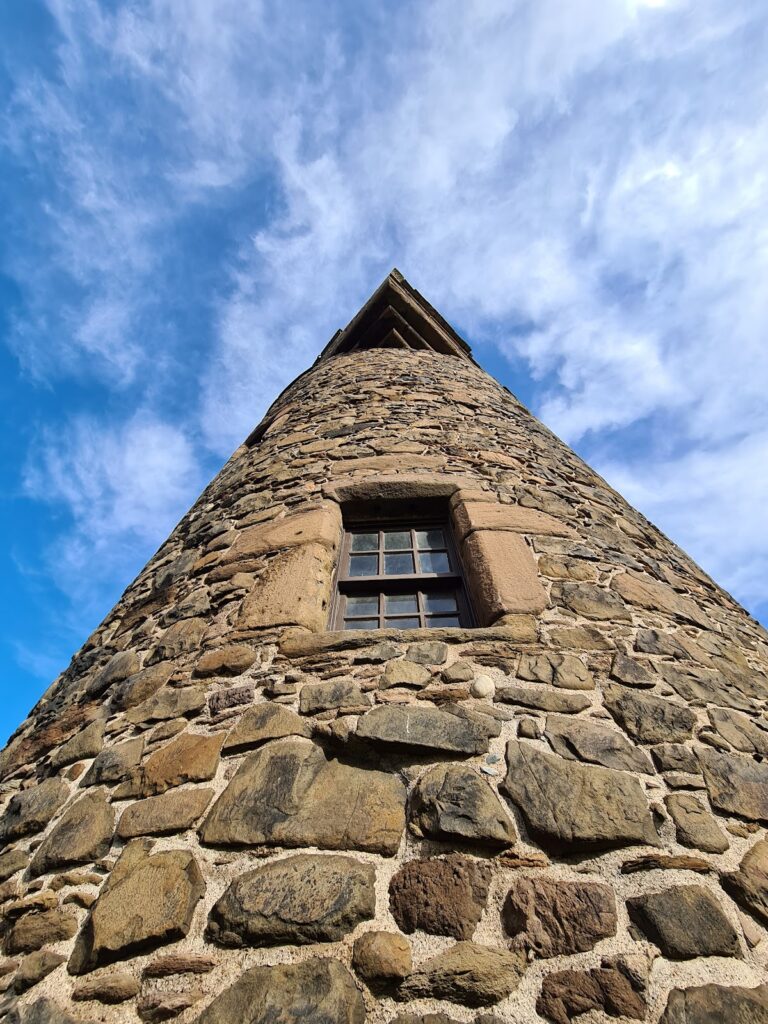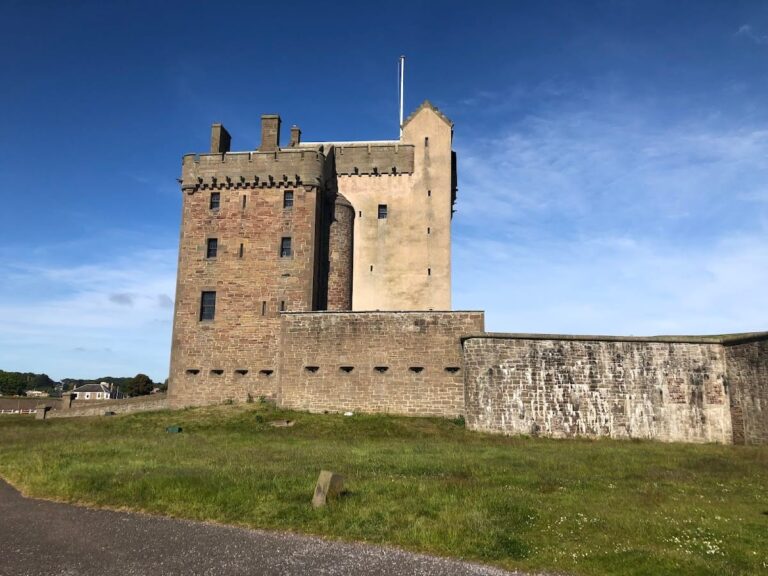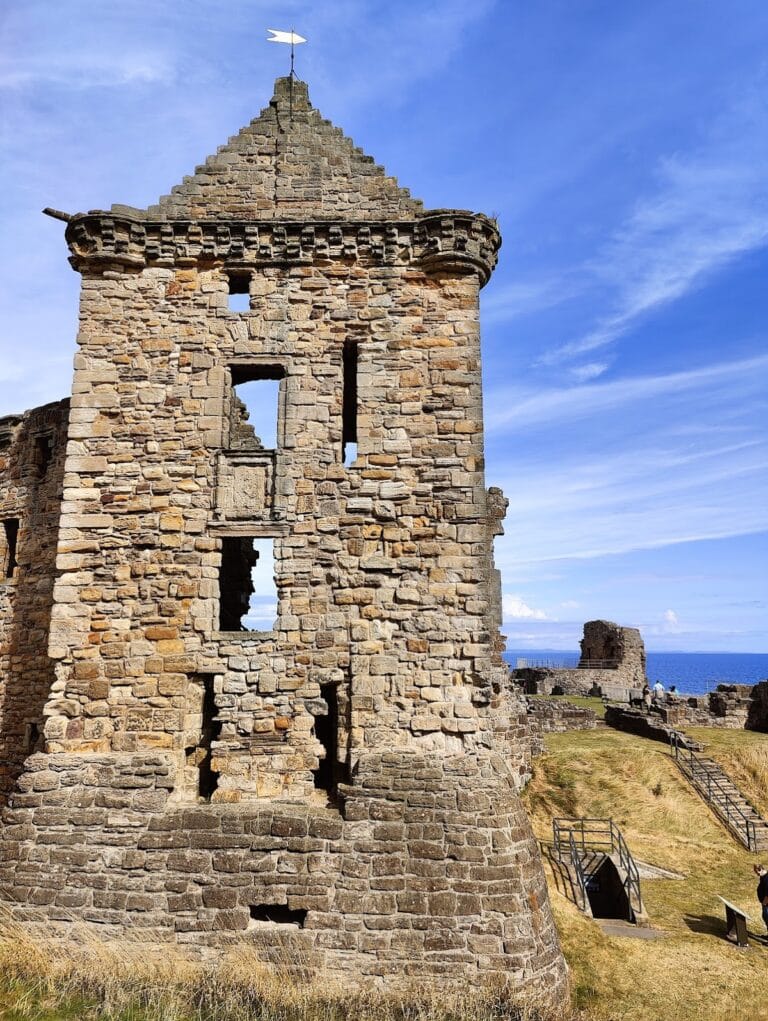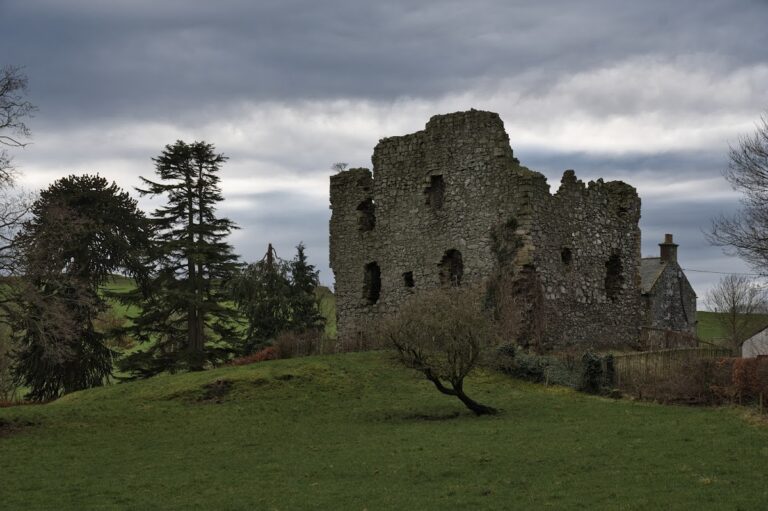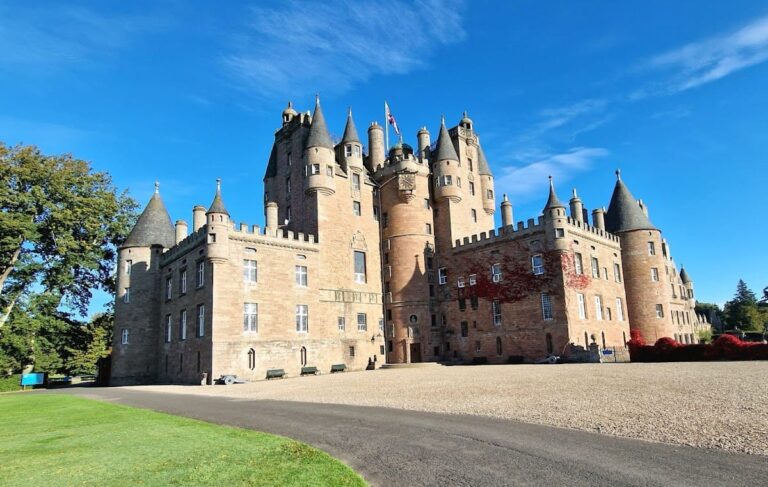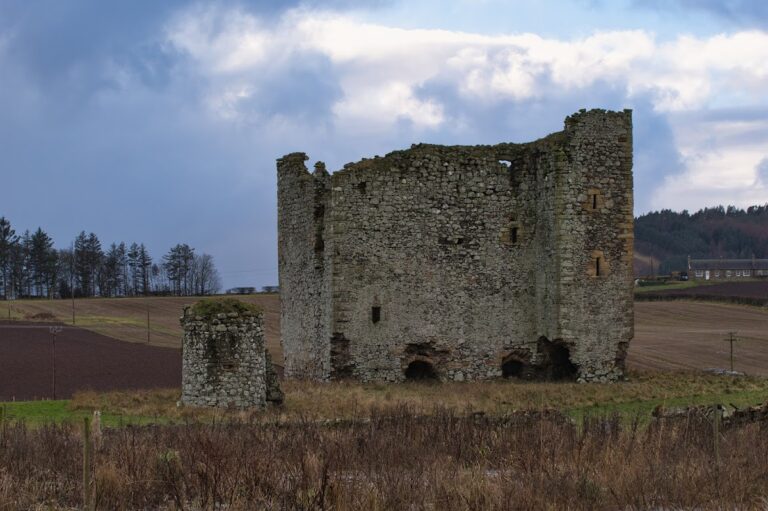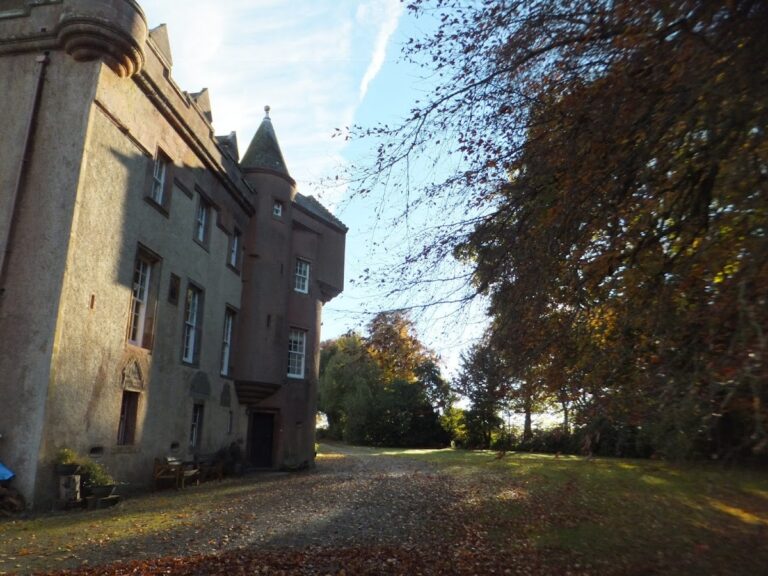Claypotts Castle: A 16th-Century Scottish Tower House Near Broughty Ferry
Visitor Information
Google Rating: 4.2
Popularity: Low
Official Website: www.historicenvironment.scot
Country: United Kingdom
Civilization: Unclassified
Site type: Military
Remains: Castle
History
Claypotts Castle is situated near Broughty Ferry in Scotland and was built by Scottish hands during the late 16th century. Its construction was begun by John Strachan and later completed by his son Gilbert, taking place between the years 1569 and 1588. The land on which the castle stands had been leased by the Strachan family from Lindores Abbey since 1511, linking the site to this historic religious institution.
Following its completion, ownership of Claypotts Castle changed several times throughout the following century. In 1601, the Strachans sold the property to Sir William Graham of Ballunie, who eventually sold it to Sir William Graham of Claverhouse, better known as Viscount Dundee. Despite his prominence, Viscount Dundee did not reside extensively at the castle, using it mainly to house his tenants. His death at the Battle of Killiecrankie in 1689 resulted in the castle passing into the hands of the English Crown.
In 1694, the Crown granted Claypotts to James Douglas, the 2nd Marquess of Douglas. The property remained with the Douglas family for some time, although legal disputes arose concerning its ownership. Eventually, through marriage, the castle came into the possession of the Earl of Home. During the early 20th century, specifically between 1926 and 1929, Claypotts Castle was transferred into state care and has since been maintained by Historic Environment Scotland.
Claypotts Castle was primarily built as a domestic dwelling rather than a stronghold for military defense. Indeed, it is believed the castle was never actively used for defense, reflecting its role more as a residence and place of management for its owners. Folklore connected with the castle includes a tale of a helpful brownie spirit, said to have left when a kitchen maid was deemed lazy, as well as the appearance of a ghostly figure known as the “white lady,” reportedly seen each year on May 29th. This apparition is associated with Marion Ogilvie, who holds historical connections to the castle.
Remains
Claypotts Castle is an exceptionally well-preserved example of a 16th-century Scottish tower house built in a distinctive Z-plan, named for its layout resembling the letter “Z.” The structure consists of a rectangular main block with two round towers positioned at opposite corners. This setting creates a dynamic form that was both fashionable and functional for the period. The castle was primarily constructed of red sandstone, a durable material common in the area, contributing to its excellent state of preservation.
One of the castle’s notable features includes its two towers, completed at separate times as marked by inscriptions on the stones—the later tower bearing the initials of John Strachan, the original builder. Despite including twelve openings designed for cannons, reflecting defensive architectural elements, the castle was minimally used in warfare. Internally, the design is unusual in featuring two distinct staircases: one dedicated to family use and the other to guests, suggesting a careful separation of private and social spaces within the home. The uppermost floor of the main block served as a platform featuring balconies, adding to both its defensive capability and domestic comfort.
The rooms themselves present a distinctive architectural trait, being square in plan with pitched roofs above, which was not common for tower houses of the time. This combination of architectural innovation and the building’s mainly residential nature has contributed to its survival through the centuries. Today, Claypotts retains much of its original form and fabric and remains largely intact. Although it is close to Broughty Castle, the area around Claypotts Castle has undergone modern development, now surrounded by contemporary housing. The castle remains under the care of Historic Environment Scotland, ensuring its continued preservation.


